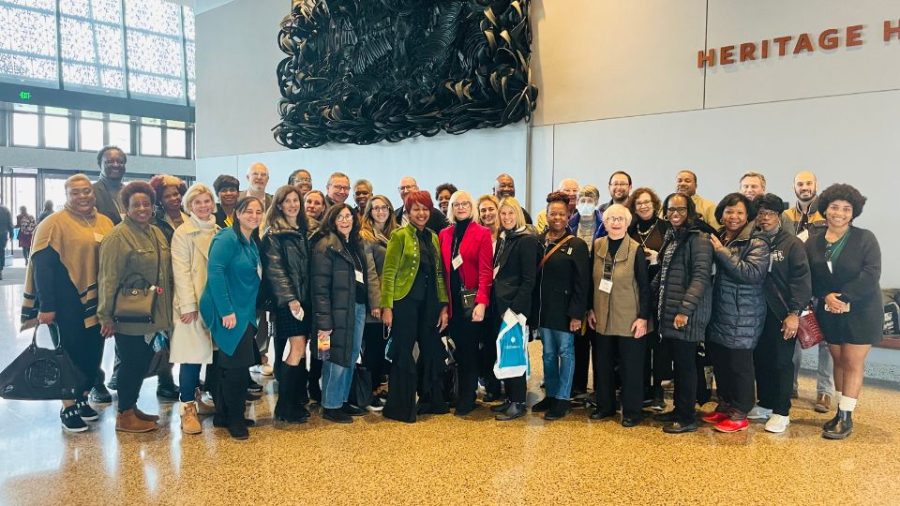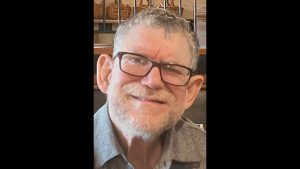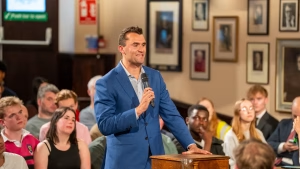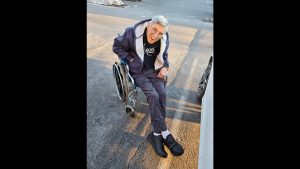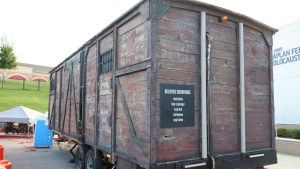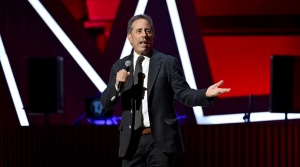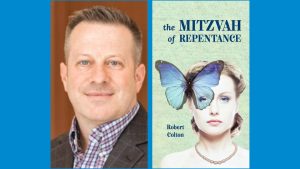Jews, Blacks share journey to D.C., similarities and pain of each culture
Published December 20, 2022
Editor’s Note: This commentary is a composite of participants’ responses to the Newmark Institute trip to Washington, D.C. Quotes from those responses are interspersed in the text below in italics.
“This was a life altering experience that framed my thinking and opened my eyes regarding the similarities and differences across African American and Jewish people.”
ADVERTISEMENT
****
Earlier this month, the Michael and Barbara Newmark Institute for Human Relations at the Jewish Community Relations Council (JCRC) hosted a trip to Washington, D.C., for 37 Jewish and African American leaders in the St. Louis region.
This 2½-day trip was co-chaired by Flint Fowler, president of the Boys & Girls Clubs of Greater St. Louis, and Phyllis Markus, immediate past chair of the Newmark Institute and past president of the JCRC. This incredible opportunity allowed leaders from the Black and Jewish communities to come together to build relationships while learning about each other’s histories, customs and beliefs, and to share and explore the commonalities and differences between these sometimes overlapping groups. Participants traveled on a shared journey of learning painful histories that also highlighted the intersection of both communities’ stories of survival and triumph.
The Newmark Institute strives to create a more pluralistic society by building bridges with other communities, engaging in civil discourse and developing a better understanding of who we are and how we can relate to our neighbors. This trip accomplished all of that through an immersive, educational experience that interwove dialogue and created relationships that all on the trip want to continue.
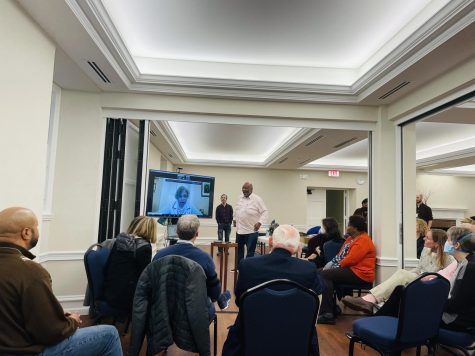
***
“I feel an urgent responsibility after our journey to do more with my voice against the hate.”
***
The journey centered on visits to the United States Holocaust Memorial Museum and the Smithsonian’s National Museum of African American History and Culture. While participants were careful to not compare the atrocities on display at each museum, individuals recognized the lessons that each museum offered and the ways in which the museums created an exchange that allowed each person to dig more deeply into themselves and the other.
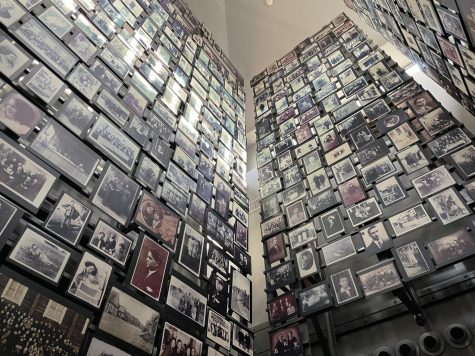
***
ADVERTISEMENT
“I feel compelled to educate other people, particularly our youth, on the relations between the Jewish and African American communities and [their] commonalities and more compelled to stand up for what’s right!”
***
At the Holocaust museum, a tour guide led the group through the exhibits, drawing attention to the political scheming and hate mongering that created the conditions for dehumanization. In displaying the story of the Holocaust beginning in 1933, the museum shows how the Nazis used the government to target and exclude Jews from German society through organized violence and boycotts of Jewish-owned businesses. It was only through sustained policies of discrimination and increasingly radical persecution that those in power were able to shift to mass murder.
One display at the African American history museum described Europeans forging our nation and a new national identity through religion and casting out people whom they believed did not belong, such as non-Christians. The exhibit highlighted how European Americans justified the enslavement of people who they believed did not belong, without pushback. This exhibit drew parallels to our modern society that continues to dehumanize, deciding who has value and who does not, as racism and antisemitism explode throughout the United States. Loud resistance is required to combat growing silent complicity.
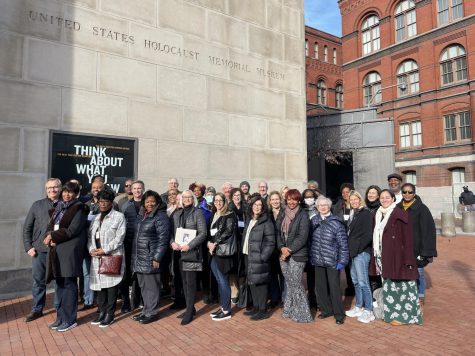
***
“My heart hurt for the stories our Black brothers and sisters shared about daily experiences. I sat in my own pain as a Jewish person walking through the Holocaust museum. One pain was not greater or lesser than the other. And my heart was full with the conversations and dialogues where I felt safe to ask, speak and explore. My heart holds abundant hope that we were there to create a better future and build relationships. One step at a time. I feel like it is not our job to expect or demand. We must continue to listen, learn and ask one another ‘What can I do?’ And, ‘I want to be present for you and your concerns.’ ”
***
The group gathered after each museum visit to process the experience. These conversations were skillfully facilitated by Stephanie Briggs and Jeremy Brok of Cultural Leadership.
The trip was emotionally exhausting, full of heavy histories, hard conversations and the work of relationship building.
Although the journey in D.C. is over, the journey together has just begun. The group met last week at Jewish Federation to continue the dialogue and discuss their shared visions for next steps. Prior to that discussion, participants were invited to do a self-guided tour of the new St. Louis Kaplan Feldman Holocaust Museum. The group discussed mutual goals, opportunities for partnership and collaborative projects, thus maintaining and further developing the relationships made on the trip to make a positive impact against racism and antisemitism in our community.
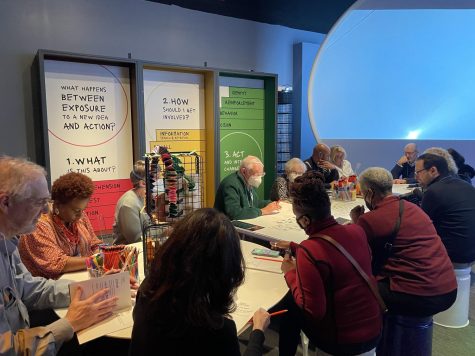
***
“My hope, and I think our shared hope, is that we will use this experience and these relationships to launch us into shared activism and advocacy work.”
***
ABOUT THE AUTHOR: Rabbi Elizabeth Hersh is the Senior Rabbi at Temple Emanuel. She also serves as the Vice-President of the St. Louis Rabbinical and Cantorial Association, as a member on the Provident Advisory Council, and as Chair for the Michael and Barbara Newmark Institute for Human Relations at the Jewish Community Relations Council of St. Louis (JCRC).
The Newmark Institute trip was made possible in part with funding from the Lubin-Green Foundation and the Feldman Family Education Institute.



